How I use my executive MBA to help save lives

In 2008 Lorenzo Odone died, one day after celebrating his 30th Birthday. He had lived 22 years longer than doctors predicted when they diagnosed him with an apparent incurable disease, at the age of six. His astonishing survival was down to his parents’ refusal to accept the doctor’s prognosis. With no scientific training they worked tirelessly to find a cure. In 1986 they came up with Lorenzo’s oil, whose ground-breaking success was fictionalized in the eponymous Hollywood movie. It was this story that led Nicolas Encina to get an executive MBA at Yale School of Management and establish a raft of medical technology businesses, one of which was backed by Google and sold to PerkinElmer, the US human and environmental healthcare corporation. We chatted to Encina about his EMBA experience and career path to date.
From medicine to EMBA
As a medical student, Encina had worked for Lorenzo’s oil and provided physical therapy to Odone, then a child. “That led me to see the things people are capable of, and that we can potentially have an impact on healthcare in ways most people don’t think we can,” Encina says. Having graduated with degrees in cell biology and computer science and having worked on the Human Genome Project — a famous international research effort to sequence and map genes — Encina saw digital as the next big healthcare evolution. So, he created Praxeon, a medical information company, but found there were gaps in his understanding of business, leadership and law.
He viewed the EMBA as a way to plug the gaps. “It was a complement to my medical background, a way to prepare myself for the future challenges and opportunities of entrepreneurship,” says Encina. “I felt having an EMBA would help, no matter what I was doing.” He picked Yale for its “focus on leadership” and the fact that the degree was flexible, yet he found it a huge challenge to balance a full-time job as COO of Praxeon with the evening and weekend EMBA study. He says: “I had very little sleep during that time. It was more work than I thought it was going to be. I thought it would be less rigorous, but those classes went into a lot of detail.”
Catching the startup bug
Nevertheless, he believes the EMBA was the catalyst for establishing Wingu, a data management and team collaboration platform that supported scientific workflow. Wingu was one of Google’s first venture investments and was acquired by PerkinElmer in 2013. “The Yale network is rich, I knew I would meet talented students and friends who ultimately provided opportunities for me to go into business,” says Encina. He then became a senior director of strategic marketing at PerkinElmer and founded the firm’s innovation lab in Cambridge, Massachusetts, a semi-secret space for sparking health innovation. For Encina, the connecting theme throughout his post-EMBA career path is “impact”: “I got the startup bug, but for me it’s always been about the mission. I care about what value I bring to the table and what impact I can have on the cause,” he says.
Working to save lives
Last year, Encina left PerkinElmer to become the chief science and technology officer at Ariadne Labs. The organization is the joint innovation center of Brigham and Women’s Hospital, and Harvard’s School of Public Health, which focuses on creating scalable healthcare solutions. “The PerkinElmer innovation lab was an amazing opportunity, but I felt I reached a peak of how satisfied or proud I was of what I had accomplished there,” Encina explains. “It was clear there was something valuable and special I could do at Ariadne Labs.” One of the most successful innovations to come out of the lab was a checklist of the proven life-saving steps clinical teams should take in an emergency situation, he says. “Before the checklist, teams completed 77 percent of the steps. When they used it, they completed nearly 100 percent of the life-saving steps. “Sometimes unexpected things happen during surgery and in moments of high stress, you can forget and overlook things.
That’s just human nature.” Part of Encina’s job is often to temper the ambition of his staff to implement innovative but costly technology projects. “The simplest solutions are often the best because they are the most scalable, and our mission is to create widespread global impact,” he says. But measuring “impact” is much harder than measuring financial results. Encina says he hopes to create a standardized framework for measuring impact, which should make the process easier. How does an EMBA education, often focused on maximizing shareholder return, square with the work of a non-profit healthcare organization? “As much as academics and for-profits think they are different, there is much overlap,” Encina says. “For example, although I’m in healthcare I would say sales and marketing are very important to us. The reality is, our interventions and not as valuable and impactful unless we can adequately communicate the value to our audience. “There are legal implications, too —what are the legal ramifications of coming up with innovations? Will we have to approach the Federal Drug Administration for approval?”
Written by Seb Murray
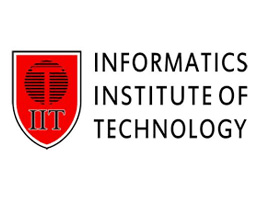
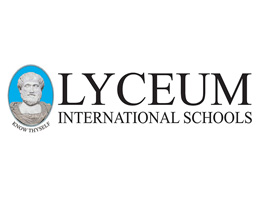
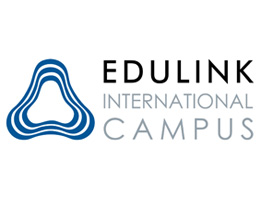
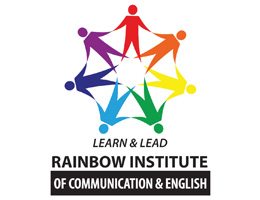



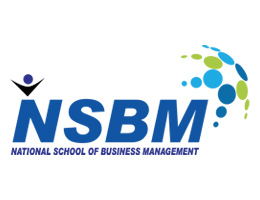
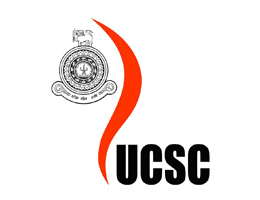

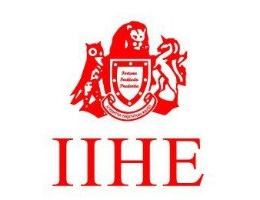
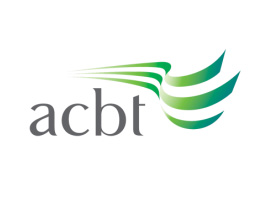
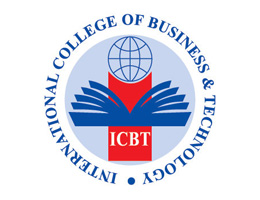
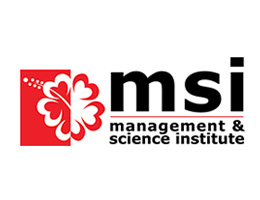
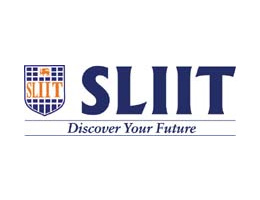
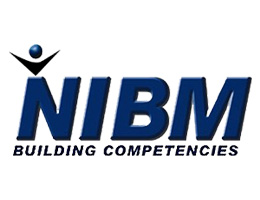

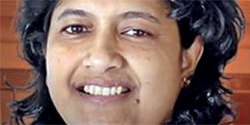



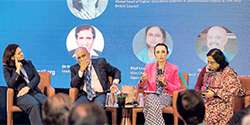
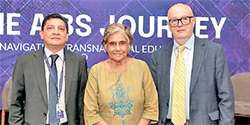
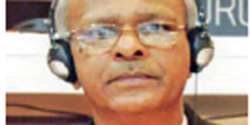
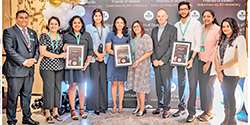



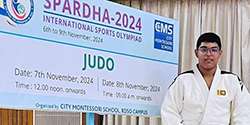




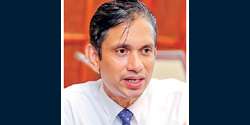




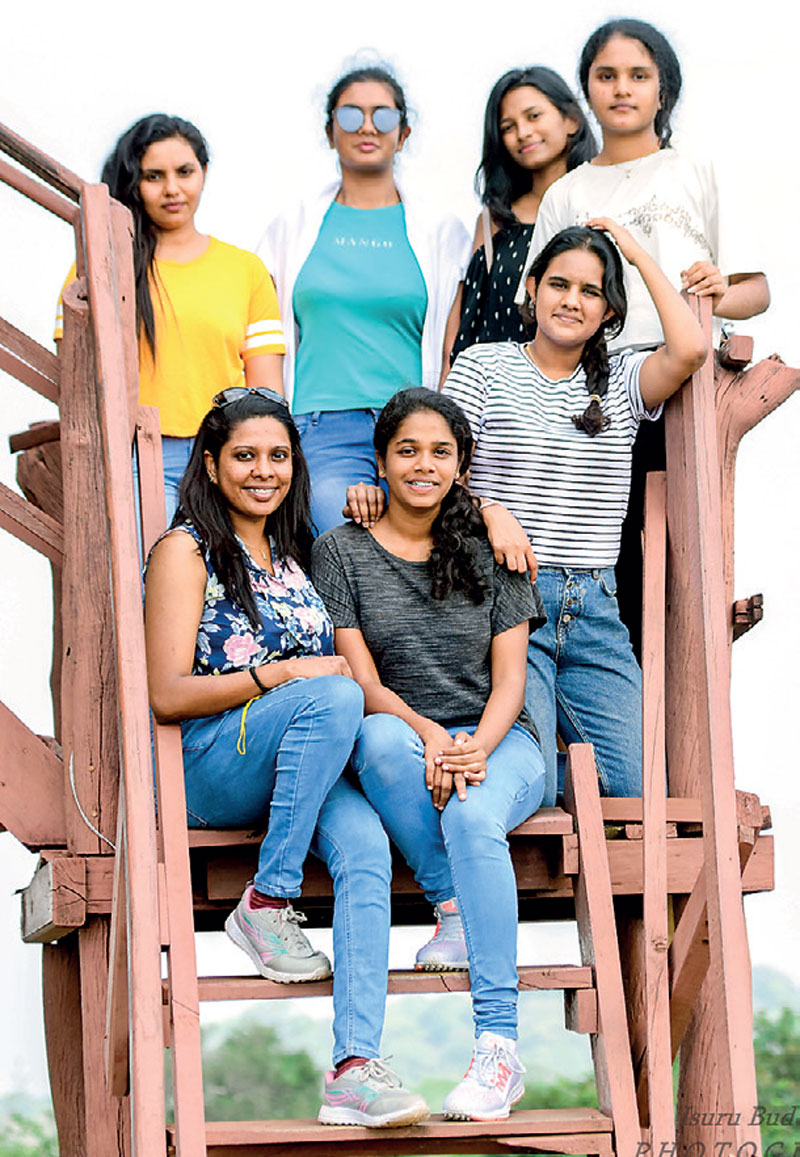
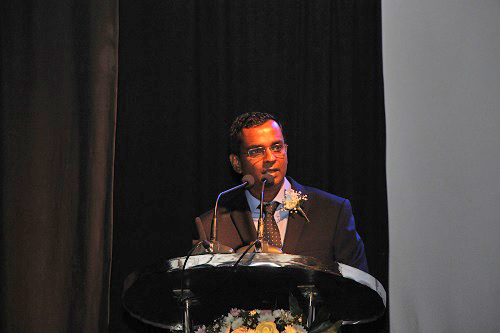
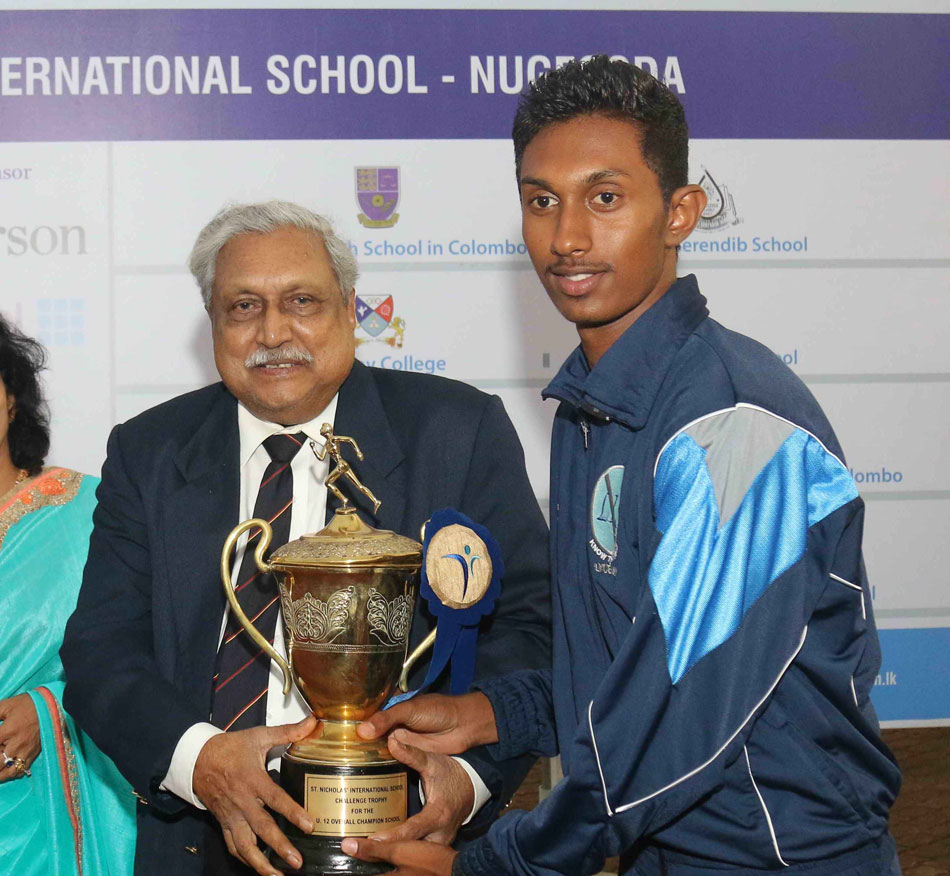
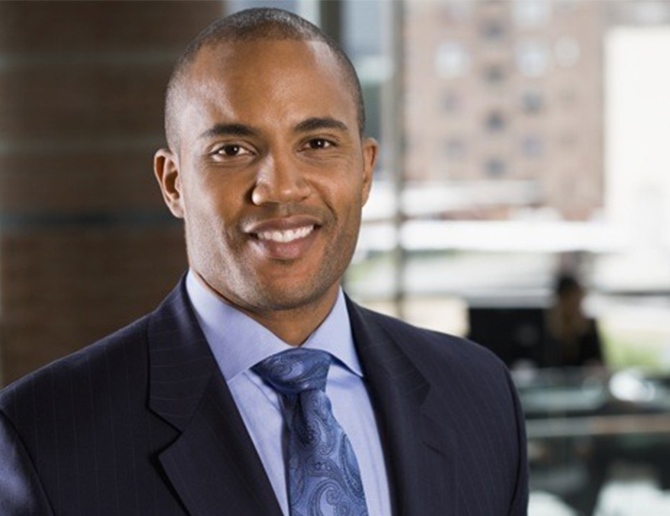
.jpg)
.jpg)
.jpg)
.jpg)
.jpg)
